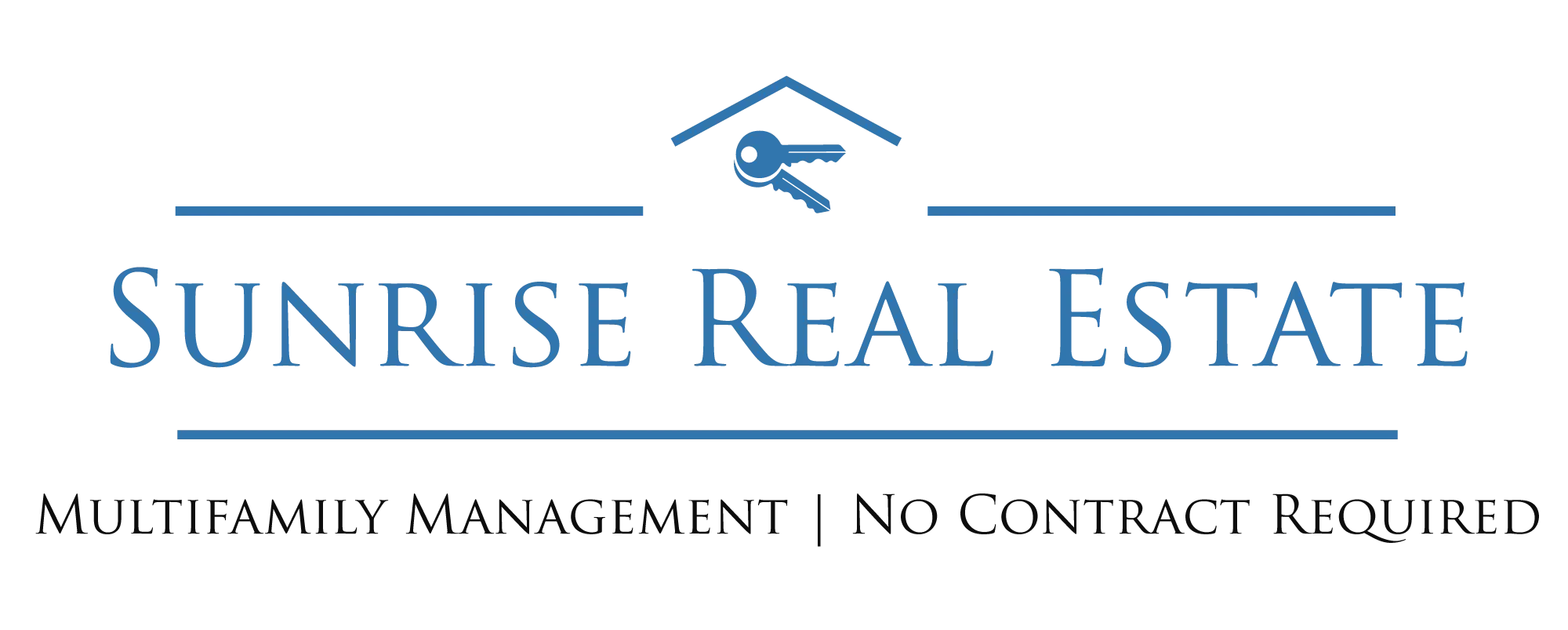What Is a Property Management System: A Complete Guide for Beginners
A property management system is software that helps landlords and property managers handle their daily tasks more easily. This guide explains everything you need to know about these helpful tools and how they can improve your rental business. You’ll learn about their main benefits, important features to look for, and different types available today. We’ll also cover how to pick the right system for your needs and set it up properly. Getting advice from local property management experts in Brooklyn can help you choose the best solution for your specific situation.
Benefits of Property Management Systems
Property management system tools make running rental properties much simpler and more organized. These systems create one central place to handle lease agreements, maintenance requests, and money matters. They automatically collect rent and create reports, which saves time and reduces mistakes. Tenant portals and messaging features enable landlords and tenants to communicate more effectively, fostering happier relationships. The systems also track the performance of properties through data analysis, enabling owners to make more informed business decisions. With these tools, property managers can work more efficiently and grow their businesses successfully.
Key Features to Look For
When picking a property management system, focus on features that match your business needs. Strong accounting tools are essential for tracking rent payments, managing expenses, and generating accurate financial reports. Good maintenance management helps you schedule and track repair work to keep properties in great shape. Tenant management features let you handle leases easily, talk with renters, and keep rental records organized. Reporting tools give you useful information about how your properties are performing and where your money is going. These key features help you choose a system that really supports your property management work.
Types of Property Management Systems
There are two main types of property management systems to choose from. On-site systems are installed on your own computers at your office, giving you complete control over your data but requiring more upkeep. Cloud-based systems work online so that you can access them from anywhere with internet, and they update automatically. Some systems combine everything – accounting, maintenance, and leasing – into one complete package. Understanding these different options helps you pick the type that works best for your property management needs and budget.
How to Choose the Right System
Picking the right system starts with considering your property portfolio size and the complexity of your operations. Check if the system can grow with your business as you add more properties. Make sure it has the features you need, like online booking, financial reports, maintenance tracking, and connections to other tools you use. The system should be easy to use for both you and your tenants. It should work well on phones and tablets for managing things on the go. Data security is important to protect sensitive information, so choose systems that follow industry safety rules.
Implementing a Property Management System
Setting up a new system requires careful planning to ensure a smooth transition. Start by looking at your current processes to see where the system can help most. Put together a team to handle the setup and train them properly on how to use the software. Make a timeline with important dates and tasks to track progress. Test everything thoroughly before going live to avoid problems. Keep everyone informed during the process and address concerns quickly. After setup, check how well the system is working and make changes as needed to get the best results.
Best Practices for Effective Management
Good property management follows several important practices. Set up clear ways to communicate with tenants, vendors, and your team to keep everything running smoothly. Use your system to automatically handle routine jobs like collecting rent, managing maintenance requests, and creating financial reports. Check properties regularly and fix maintenance issues quickly to keep property values high and tenants happy. Screen tenants carefully and create solid lease agreements to reduce risks and ensure steady rental income. Stay updated on local laws and industry changes to make smart decisions and follow all rules. Following these practices helps property managers achieve long-term success.
Other Property Management Tips:







